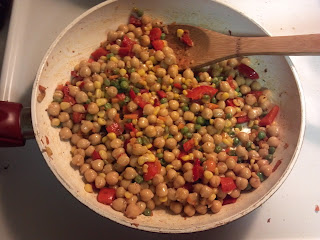Strength Training: Practical Application, Sample Workouts
First, let's review some key components of strength training. In my last post, I summarized the findings of a recent review from Ronnestad and Mujika . The take-home message: strength training is generally beneficial for runners and cyclists and "...there are no reports of negative impacts of concurrent training on endurance performance" ( Ronnestad & Mujika, 2013). There are many ways to approach strength training. By varying exercise, load, volume and recovery time the athlete can change the focus of the workout. In the table below, I've tried to summarize what we know about volume and load manipulation for different adaptations. Focus Volume Load Recovery Strength (Neural) Low (1-6 reps) High (≥80% 1RM) Long (5+ minutes) Power Low (3-6 reps) Varied (30-90% 1RM) Long (5+ minutes) Hypertrophy Moderate (8-12 reps) Moderate (60-80% 1RM) Short (1-2 min...





